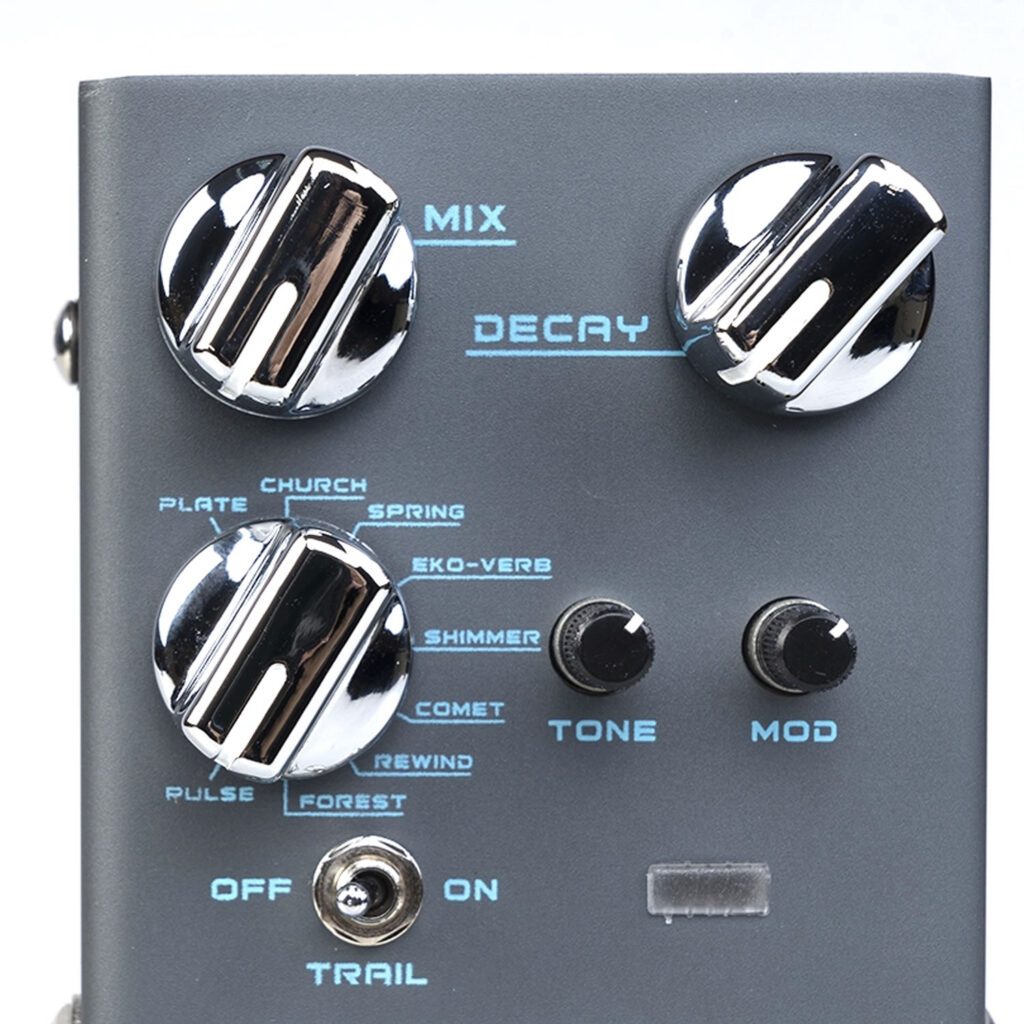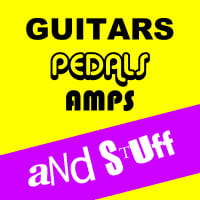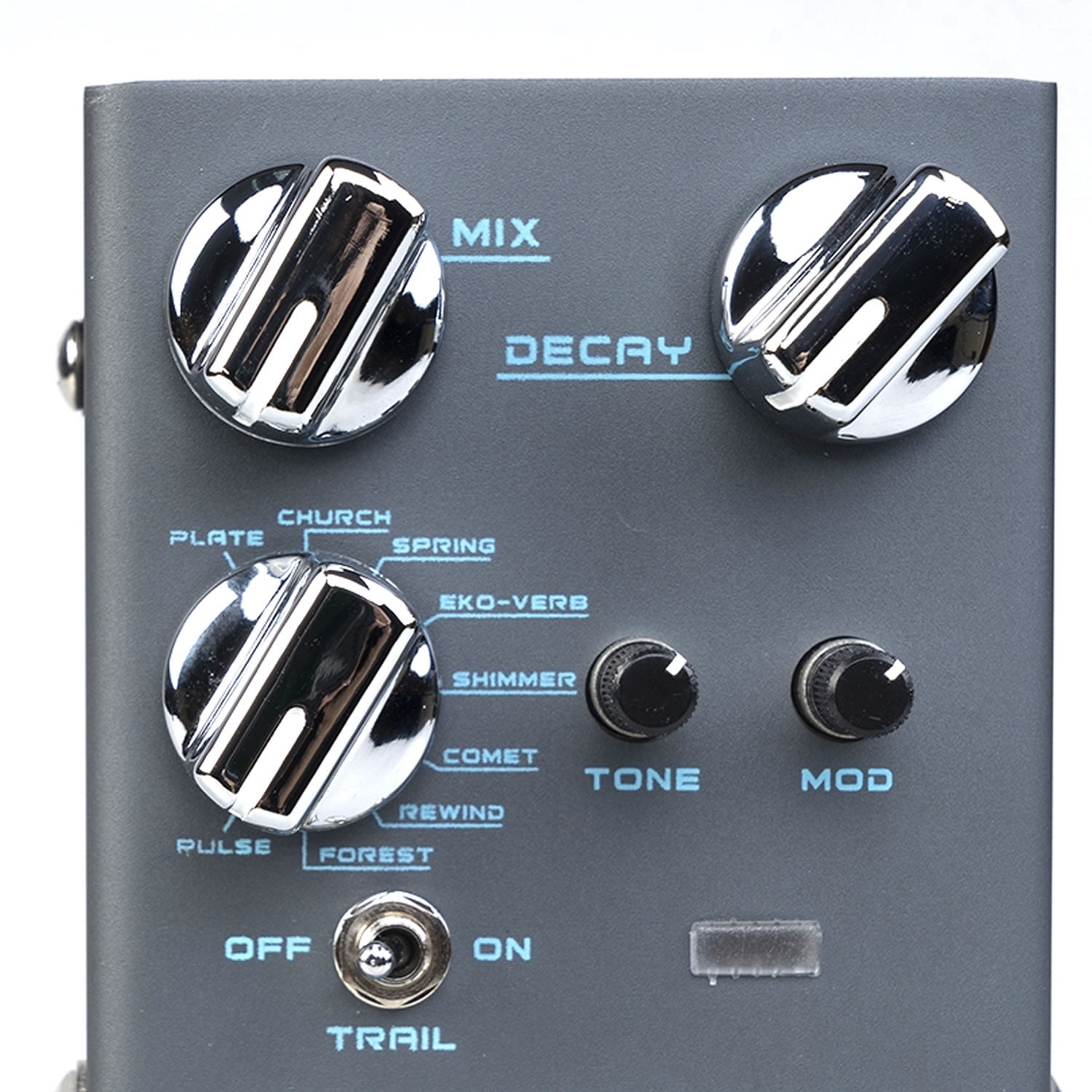
Reverb is an indispensable and ubiquitous effect in the world of guitars, adding depth, spaciousness, and atmosphere to the sound. It’s a staple in various music genres, from the haunting echoes of classic rock ballads to the ethereal ambience of ambient and shoegaze music.
At its core, reverb replicates the natural reverberation or echo that occurs when sound waves bounce off surfaces in a room. When a guitarist plays a note or a chord, the sound waves travel and reflect off walls, floors, and ceilings, creating reflections that blend together to form a rich, complex sound.
In the realm of guitar effects, reverb pedals simulate this reverberation electronically. These pedals come in various types, each producing distinct reverberant sounds:
- Spring Reverb: Modeled after the reverb effect produced by physically vibrating springs in vintage amplifiers. It offers a characteristic twangy, boingy sound reminiscent of classic surf rock.
- Plate Reverb: Emulates the reverb effect achieved by vibrating a metal plate. It’s warmer and smoother compared to spring reverb and was popular in older recording studios.
- Hall Reverb: Mimics the reverberation of a large hall or room, producing a more expansive and spacious sound. It’s commonly used to create a sense of depth and grandeur.
- Room Reverb: Replicates the sound of a smaller room’s reverberation, providing a more intimate and immediate ambience.
- Modulated Reverb: Adds modulation effects like chorus or vibrato to the reverb signal, creating a more atmospheric and surreal sound.
Players use reverb to achieve various sonic textures and moods. It can be subtle, adding a touch of liveliness to a clean guitar tone, or heavily saturated, creating a wall of sound for more atmospheric or experimental genres.
Moreover, the placement of the reverb pedal in the signal chain can significantly alter its effect. Placing it before distortion or overdrive pedals produces a different sound compared to placing it after. Experimenting with different placements can lead to unique tones and textures.
Some iconic guitarists, such as The Edge from U2 or David Gilmour from Pink Floyd, are known for their masterful use of reverb, incorporating it as a fundamental element in defining their signature sounds.
In essence, reverb is a versatile and indispensable tool for guitarists, offering a vast spectrum of sonic possibilities, from subtle nuances to expansive soundscapes, allowing musicians to paint their musical landscapes with depth and emotion.

